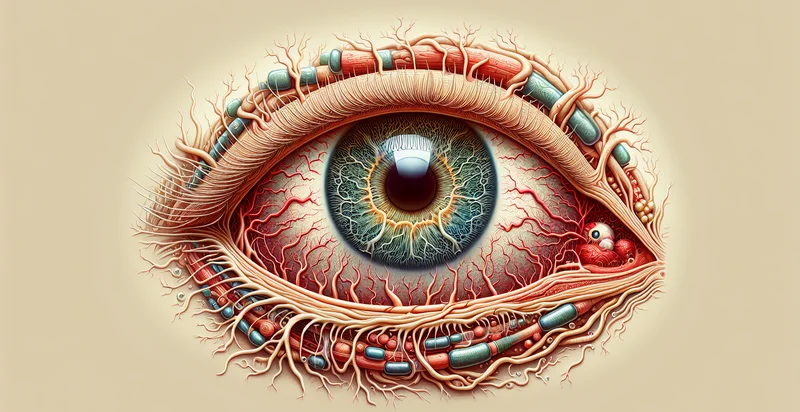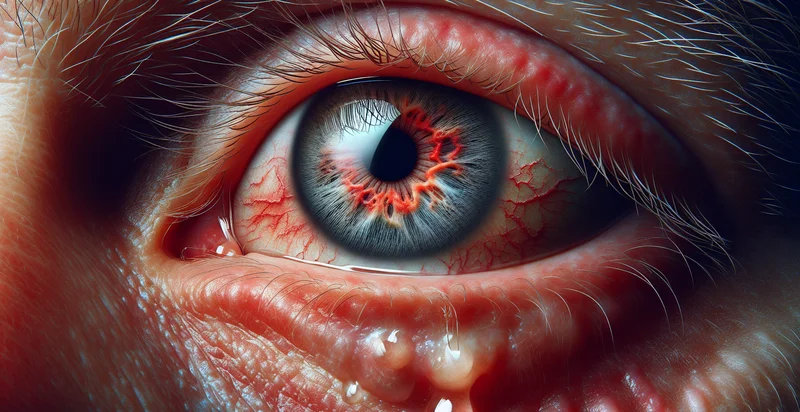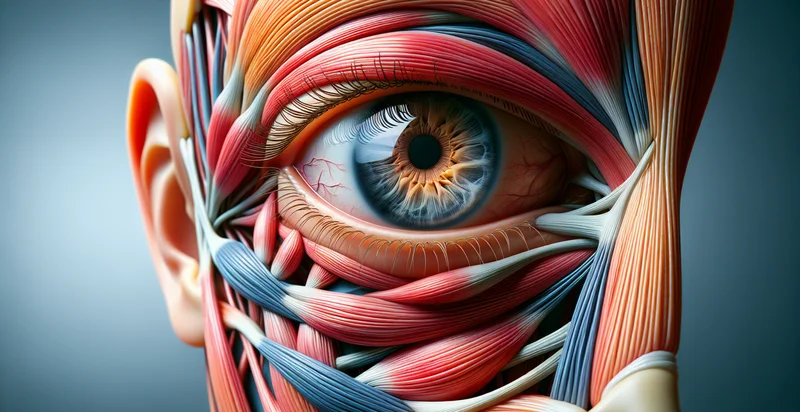Identify dry eye status
using AI
Below is a free classifier to identify dry eye status. Just upload your image, and our AI will predict if the patient has dry eyes - in just seconds.

Contact us for API access
Or, use Nyckel to build highly-accurate custom classifiers in just minutes. No PhD required.
Get started
import nyckel
credentials = nyckel.Credentials("YOUR_CLIENT_ID", "YOUR_CLIENT_SECRET")
nyckel.invoke("dry-eye-status", "your_image_url", credentials)
fetch('https://www.nyckel.com/v1/functions/dry-eye-status/invoke', {
method: 'POST',
headers: {
'Authorization': 'Bearer ' + 'YOUR_BEARER_TOKEN',
'Content-Type': 'application/json',
},
body: JSON.stringify(
{"data": "your_image_url"}
)
})
.then(response => response.json())
.then(data => console.log(data));
curl -X POST \
-H "Content-Type: application/json" \
-H "Authorization: Bearer YOUR_BEARER_TOKEN" \
-d '{"data": "your_image_url"}' \
https://www.nyckel.com/v1/functions/dry-eye-status/invoke
How this classifier works
To start, upload your image. Our AI tool will then predict if the patient has dry eyes.
This pretrained image model uses a Nyckel-created dataset and has 2 labels, including Dry Eye Present and Normal Moisture.
We'll also show a confidence score (the higher the number, the more confident the AI model is around if the patient has dry eyes).
Whether you're just curious or building dry eye status detection into your application, we hope our classifier proves helpful.
Related Classifiers
Need to identify dry eye status at scale?
Get API or Zapier access to this classifier for free. It's perfect for:
- Clinical Diagnosis Support: This function can assist ophthalmologists and optometrists in diagnosing dry eye disease during patient examinations. By analyzing images of the eye, the system can provide real-time insights into dry eye status, allowing for timely interventions and improved patient care.
- Telemedicine Enhancement: In a telehealth setting, this classification function enables remote evaluations of patients' eye conditions. Healthcare providers can assess dry eye symptoms via submitted images, ensuring that patients receive appropriate recommendations without needing an in-person visit.
- Research and Development: Pharmaceutical companies can use this function to create and test new treatments for dry eye syndrome. By categorizing images from clinical trials, researchers can track the effectiveness of interventions over time and better understand the condition's progression.
- Patient Monitoring: This tool can be integrated into wearable devices or mobile applications to continuously monitor patients' eye conditions. By routinely analyzing eye images, it can provide feedback on the status of dry eye and prompt patients to seek treatment when necessary.
- Insurance Assessment: Insurance companies can employ this function to evaluate claims related to dry eye treatments. By validating the dry eye status through image classification, insurers can streamline the approval process for treatments and ensure that coverage guidelines are met.
- Education and Training: Medical training programs can leverage this function to teach students about dry eye conditions. By analyzing different images, students can learn to identify symptoms and associated severity levels, enhancing their diagnostic skills.
- Marketing and Awareness Campaigns: Companies specializing in eye care products can utilize this function to develop targeted marketing strategies. By identifying dry eye status through user-submitted images, they can create personalized recommendations and educational materials aimed at raising awareness of the condition.


